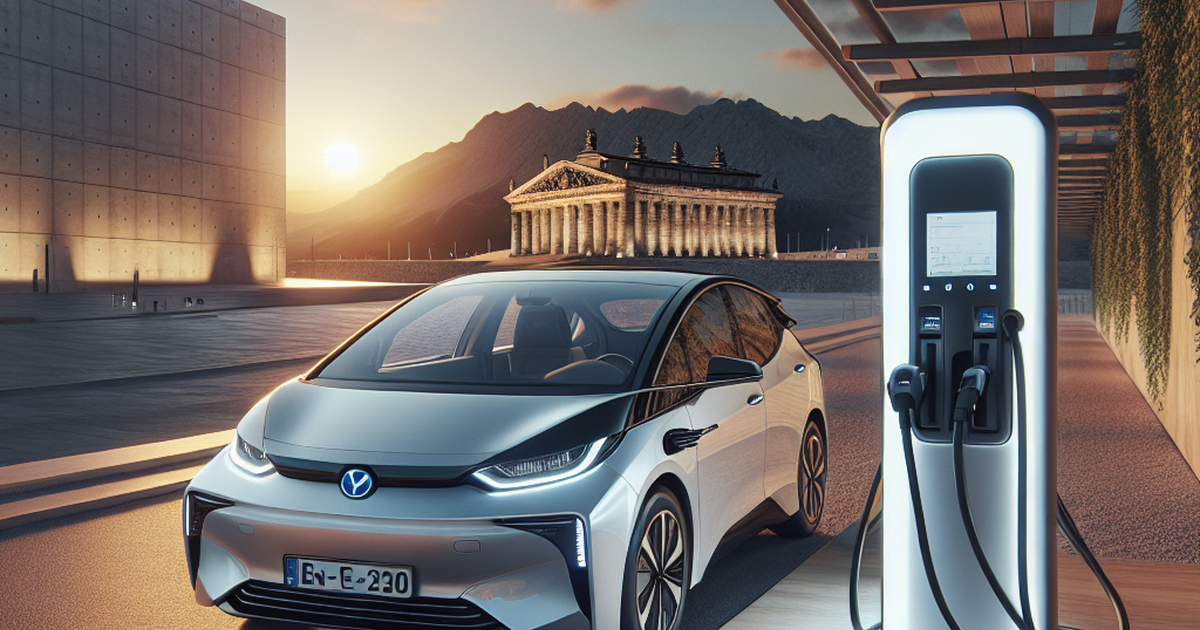PHEVs Bridge the Gap Between Gasoline and Electric Vehicles

Summary
Full Article
Plug-in hybrid electric vehicles (PHEVs) represent a strategic middle ground between traditional gasoline-powered cars and fully battery electric vehicles (BEVs), offering consumers a practical transition into electric mobility. These hybrid systems combine battery power with gasoline backup, effectively addressing range anxiety concerns that often deter potential EV adopters while introducing electric propulsion technology in a familiar automotive format.
The emergence of PHEVs as a bridge technology comes at a critical time in the automotive industry's transition toward electrification. As pure electric vehicles continue to improve annually, manufacturers are recognizing the need for transitional solutions that accommodate consumer comfort levels and infrastructure limitations. Companies such as Massimo Group (NASDAQ: MAMO) are positioned to benefit from this growing market segment, developing vehicles that combine the environmental benefits of electric operation with the convenience and range of gasoline backup systems.
This technological approach matters significantly because it accelerates overall EV adoption by lowering entry barriers for consumers hesitant about fully electric vehicles. By providing a safety net against charging infrastructure limitations and range concerns, PHEVs enable drivers to experience electric driving for daily commutes while maintaining the flexibility of gasoline power for longer trips. This dual-capability system demonstrates the practical application of electric technology while the charging infrastructure continues to develop nationwide.
The implications for the automotive industry are substantial, as PHEVs create a smoother transition pathway that could ultimately lead to broader acceptance of pure electric vehicles. For consumers, this means reduced fuel costs and lower emissions during daily driving, while maintaining the freedom to travel long distances without reliance on charging networks. The environmental impact is also noteworthy, as PHEVs typically operate in electric mode for the majority of daily driving needs, significantly reducing greenhouse gas emissions compared to conventional vehicles.
As the market evolves, PHEVs are positioned to play a crucial role in the automotive industry's transformation, serving as both an educational tool for consumers and a practical solution for manufacturers navigating the transition to electrification. This approach allows for gradual infrastructure development and consumer adaptation while still delivering immediate environmental benefits and fuel savings.

This story is based on an article that was registered on the blockchain. The original source content used for this article is located at InvestorBrandNetwork (IBN)
Article Control ID: 207514